Date: 24 June 2015
A ten-year contract has been signed with Carbon8 Aggregates Ltd for the removal, treatment and recycling of APCr from Viridor’s ERFs in Exeter, Cardiff, Ardley and Peterborough, supplying around 25,000 tonnes of APCr from the four sites per year.The contract includes an option for a five-year extension at the discretion of those involved.
APCr is a by-product of the filtering process to clean exhaust gases before they exit the facility through the flue stacks. Traditionally this material has to be disposed of in an appropriately licensed landfill site. Using their dedicated tanker fleet, Grundon Waste Management Ltd will remove the APCr and transport it to Carbon8 Aggregates Ltd. The residue will be treated with waste carbon dioxide (CO2) in specialist mixer vessels. The CO2 reacts with the lime content of the APCr to form a carbonated compound similar to limestone which chemically immobilises the heavy metals present in the APCr.
The treated residue is mixed with various binders and fillers prior to being pelletised with more CO2 to form a lightweight aggregate material ranging in size from 2mm – 20mm. The whole process means the resultant aggregate is carbon-negative, as the quantity of CO2 captured in the process is greater than the embodied CO2 in the cement and other materials and the power consumed in the production process, even accounting for transport impacts.
The Environment Agency considers the aggregate to be a product in its own right, having been assessed as an ‘end of waste’ material. In order to achieve this, the aggregate has met the three key criteria of being a distinct and marketable product, that can be used in exactly the same way as virgin aggregates and can be used with no worse environmental impact than virgin aggregate.
This product has various applications but is principally used in the production of building blocks. Given its innovation and carbon negative credentials the aggregate has won numerous awards and has allowed Lignacite – one of Carbon8’s outlets for the aggregate – to develop the world’s first carbon-negative building block called the Carbon Buster.
This exciting development will allow Viridor ERFs to continue in their pursuit of a zero waste to landfill solution, and to ensure that output materials are fully recycled. The company is already committed to recycling the incinerator bottom ash from its ERFs. Viridor is proud to utilise this British success story which has seen a University laboratory-based technology become a commercial reality.
Stuart Sim, Viridor EfW Director, announced “We’re excited to be amongst the leaders within the industry making this happen. We’re committed to giving the world’s resources new life, and seeing our residues recycled and become carbon-negative products within the construction industry really demonstrates clear progress on resource efficiency in this important and growing part of our sector.”
Richard Skehens, Chairman of Carbon8 and former Chief Executive Officer of Grundon Waste Management commented “We are delighted to have been awarded the contract with Viridor. The investment by Grundon into the Carbon8 Aggregates business recognised the huge potential for recycling APCr into aggregate, thereby providing a genuine zero-waste to landfill option. This contract asserts Carbon8’s position as the market leader in APCr recycling.”
Cllr Bob Derbyshire, Chairman of the Joint Committee for Prosiect Gwyrdd, said: “The Project has always been clear on our ambition to send absolutely no waste to landfill, and this announcement recycling what is a hazardous waste previously destined to a limited number of specifically permitted landfill sites is a further step forward to achieving this aim. The next step is to ensure that the other product from the Energy Recovery Facility, ‘Incinerator Bottom Ash’ is recycled into aggregate for building projects, which will offset the need to use virgin aggregate.
“The five partner councils are committed to recycling and composting as much waste as practicably possible and sending as little of the remaining waste to landfill as possible.”
Councillor Gavin Elsey, cabinet member for digital, waste and streetscene at Peterborough City Council, said: “Peterborough City Council is committed to become the environment capital of the UK and our partnership with Viridor is helping us meet that goal. This new carbon capture technology is impressive and we look forward to benefitting from the system when our own energy recovery facility soon starts reducing our landfill costs.”
Deputy Leader of Oxfordshire County Council, Rodney Rose said “I am pleased to hear that in future the residues from cleaning up emissions from the Ardley ERF will be put to good use. Aggregates produced from the bottom ash are already being used for road construction in housing developments in Oxfordshire. It’s great news that a useful product can also be made from air pollution control residues reducing the need to landfill this waste.”
“I am delighted to hear that Viridor has secured a solution to make use of Air Pollution Control residues produced by the Exeter Energy Recovery Facility. This innovative and exciting project will mean that even more of our waste will be diverted from landfill, which is great news for people in Devon and for our environment” Devon County Council’s Cabinet member for waste and recycling, Roger Croad.
During 2015, Carbon8 will be constructing a new APCr facility in Avonmouth to support this ten-year contract. The facility will be operational by the end of the year and is the first element of Carbon8’s exciting plans to build three further plants in the UK by December 2016.



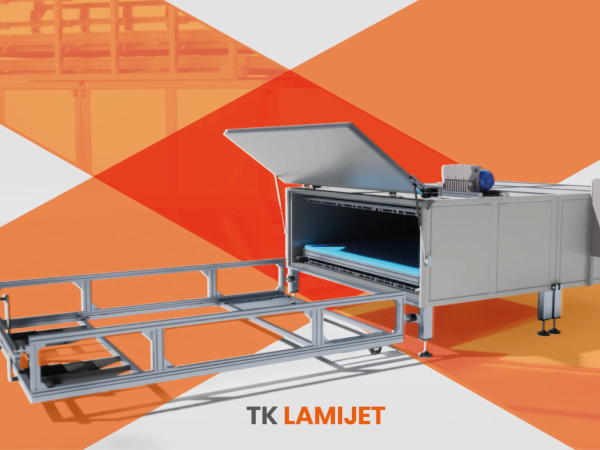
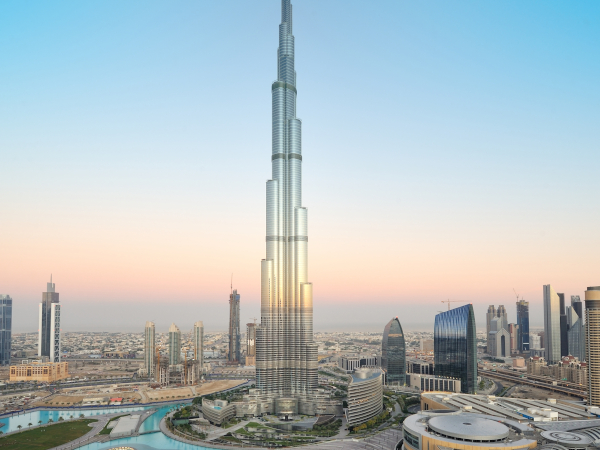
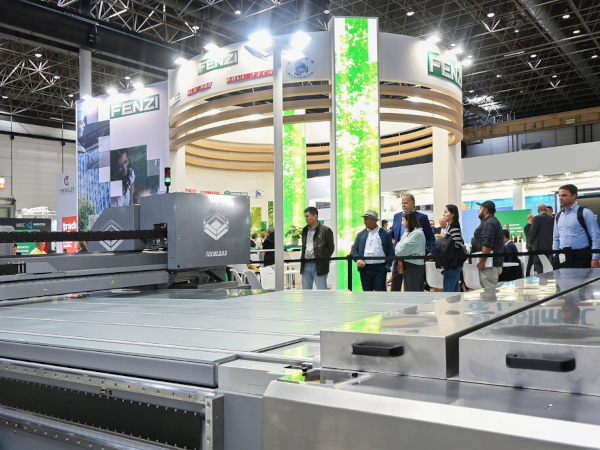
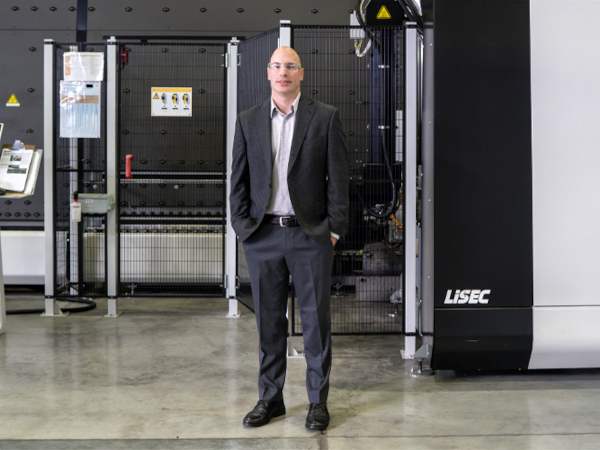

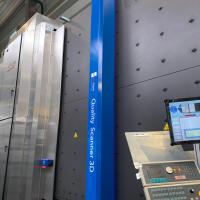
Add new comment